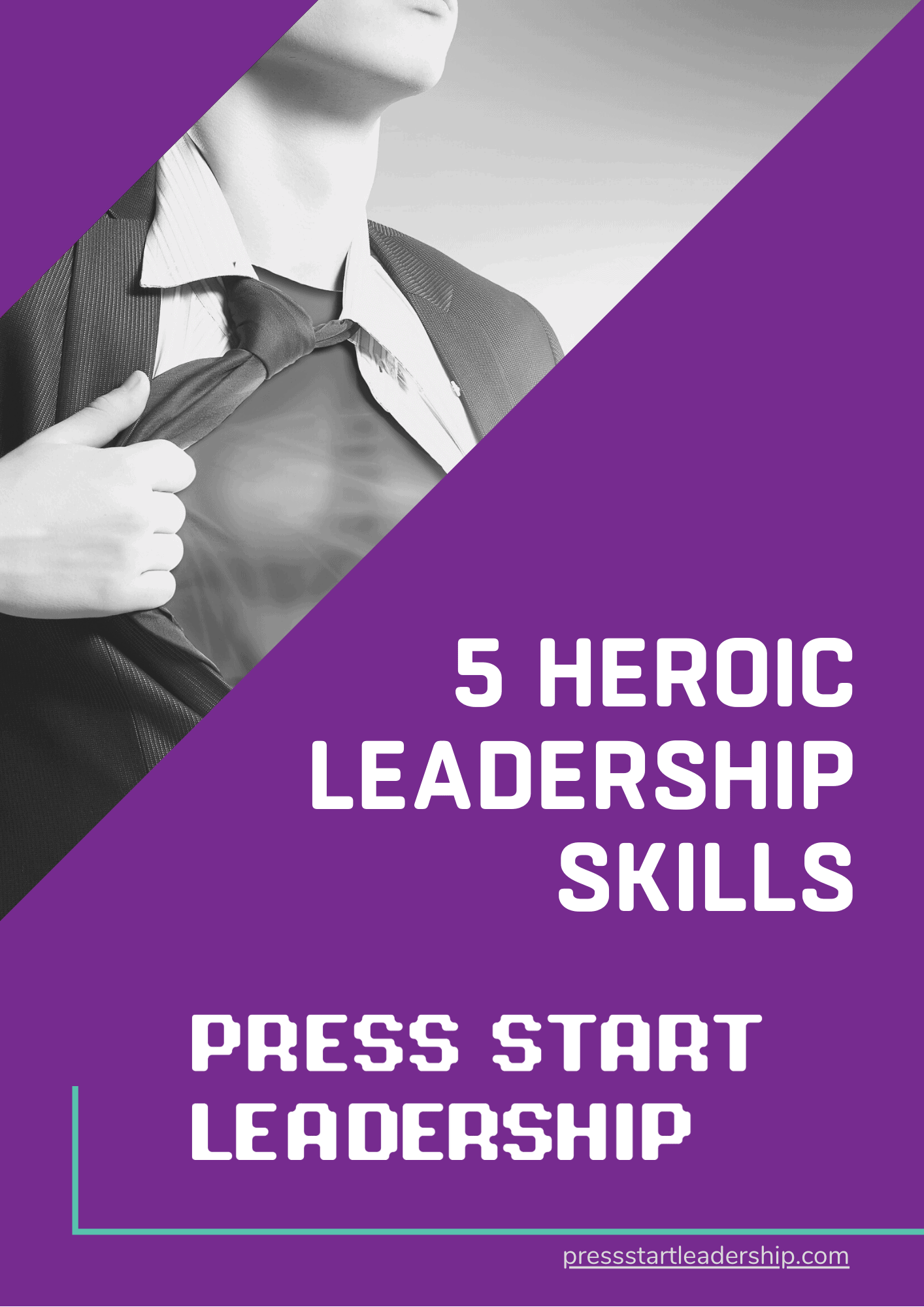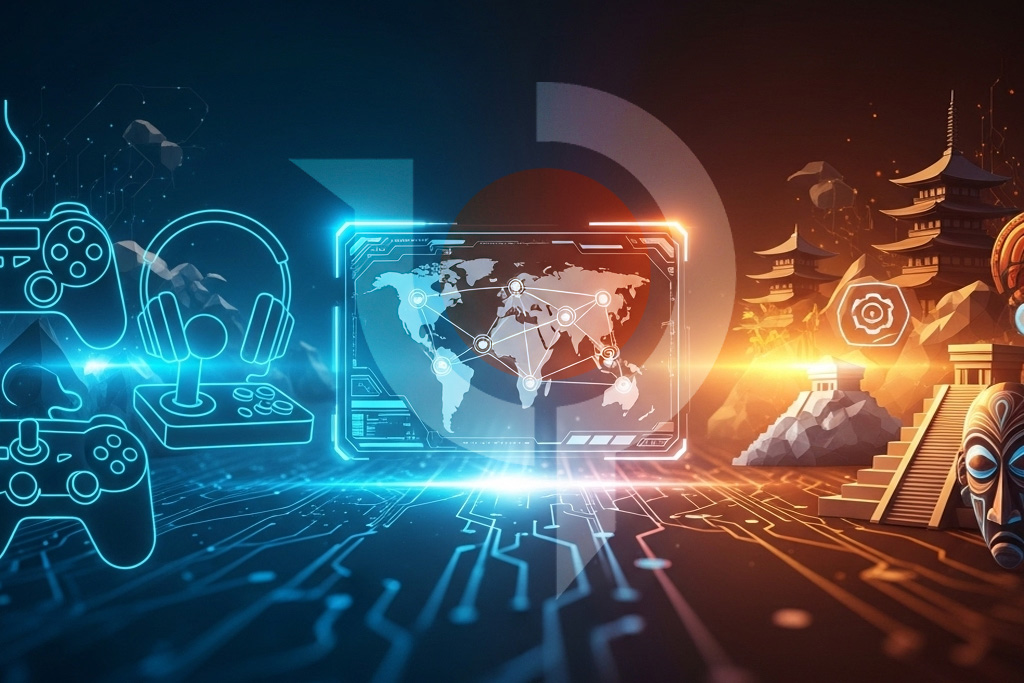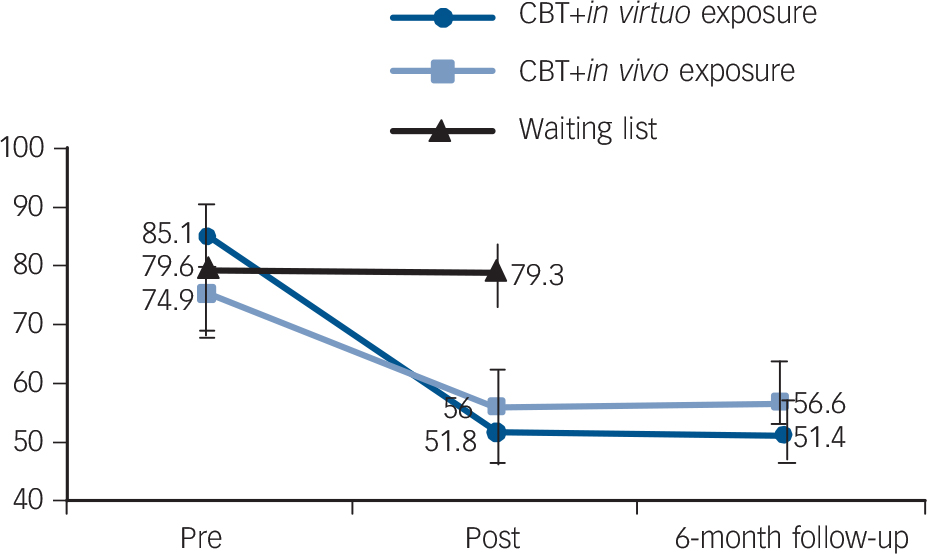Discover Pandipedia
Pandipedia is the world's first encyclopaedia of machine generated content approved by humans. You can contribute by simply searching and clicking/tapping on "Add To Pandipedia" in the answer you like. Learn More
Expand the world's knowledge as you search and help others. Go you!
Foundations of Inclusive Gaming Communities
Inclusive gaming communities thrive on creating environments where every player feels welcome, respected, and engaged[1]. Developers and community managers must recognize that a vibrant community not only nurtures player retention but also fuels the creative exchange of ideas and content[1]. By focusing on fostering strong connections from the outset, gaming communities can become spaces where collaboration and positive interactions are the norm[4].
Establishing Inclusive Policies and Guidelines
A cornerstone for any inclusive community is the establishment of clear, comprehensive policies that set expectations for behavior and engagement[6]. These policies should include a zero-tolerance stance on harassment and discrimination, ensuring that all members understand the boundaries of acceptable behavior[6]. In addition, displaying community guidelines prominently and reinforcing them regularly helps deter toxicity and fosters a spirit of mutual respect[4].
Onboarding Rituals and Fostering Community Identity
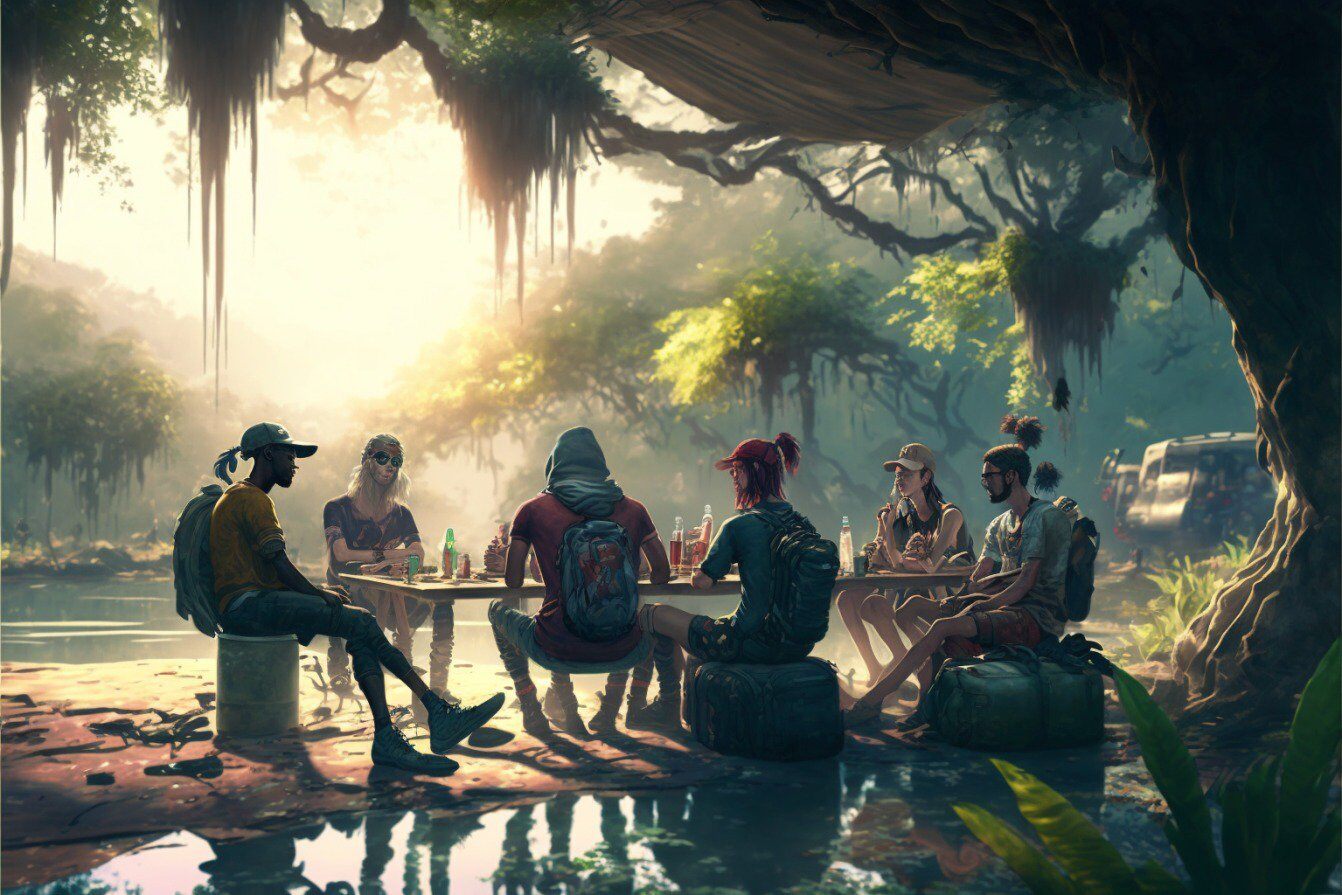
Welcoming new members with designated introductions and mentorship programs is a powerful way to integrate them into the community's culture and purpose[1]. Onboarding rituals that include clear explanations of the community's values and frequent engagement events contribute to a sense of belonging and continuity[4]. Such practices encourage participation and the sharing of player experiences, which reinforces community identity and loyalty over time[1].
Effective Conflict Resolution Strategies
Conflict is inevitable in any community, and establishing mechanisms for fair and transparent resolution is critical for maintaining a positive environment[5]. Leaders and moderators should ensure open and honest communication when disagreements arise, offering mediation and clear guidance throughout the process[5]. Regular team check-ins, designated roles, and thorough documentation of learnings from conflicts help prevent future issues while rebuilding trust among community members[5].
Ensuring Accessibility for All Players

Making games accessible is a fundamental aspect that supports diverse participation and ensures that players with disabilities can enjoy the gaming experience[2]. Effective measures include providing options for captioning, audio narration, screen magnification, and high contrast modes to aid players who are deaf, blind, or have other visual or auditory impairments[7]. Further, the availability of adjustable difficulty levels, text-to-speech options, and easy-to-use controllers underlines the commitment to fostering an accessible gameplay environment for all[7].
Embracing Cultural Sensitivity and Adaptation
Cultural sensitivity is essential for creating games that resonate with a global audience, requiring developers to research and represent various cultures authentically[3]. Developers should work with cultural consultants and community representatives to avoid stereotypes and ensure that characters, narratives, and settings reflect true cultural contexts[3]. Additionally, language localization and the adaptation of game content to include culturally relevant references can significantly enhance player immersion and contribute to cross-cultural understanding[9].
Conclusion

Building inclusive gaming communities requires a multifaceted approach that balances strong policies, effective onboarding, robust conflict resolution, comprehensive accessibility, and thoughtful cultural representation[1]. By integrating clear codes of conduct, welcoming rituals, open communication channels, and adaptive design practices, leaders can foster an environment where every player feels empowered and valued[6]. This holistic model not only enhances player experiences but also builds lasting connections that support the long-term success of both the game and its community[4].
Let's look at alternatives:
- Modify the query.
- Start a new thread.
- Remove sources (if manually added).
Let's look at alternatives:
- Modify the query.
- Start a new thread.
- Remove sources (if manually added).
Get more accurate answers with Super Pandi, upload files, personalised discovery feed, save searches and contribute to the PandiPedia.
Overview of Extended Reality in Mental Health Care
Extended Reality (XR) technologies, encompassing Virtual Reality (VR), Augmented Reality (AR), and Mixed Reality (MR), are increasingly used in digital therapeutics for mental health. XR provides immersive, computer‐generated environments that allow tailored exposures and engagement in controlled settings. This modality is being explored to address various mental health disorders by enhancing treatment accessibility, reducing stigma, and potentially increasing patient adherence through interactive and engaging interfaces[3][2].
Clinical Evidence for Exposure-Based Treatments in XR
A robust body of clinical evidence supports the efficacy of XR-based exposure therapies, particularly for social anxiety disorder (SAD). Virtual Reality Exposure Therapy (VRET) has been shown to create realistic and controllable social environments that enable systematic exposure to feared stimuli. Systematic reviews and meta-analyses have reported medium to large effect sizes for VRET when compared to waitlist controls, and its effects are maintained at follow-up periods up to one year[1][5].
Studies have demonstrated that digitally simulated interactions can reduce social anxiety symptoms in both individual and group therapy formats. In particular, controlled trials contrast the efficacy of VRET with traditional in vivo exposure and cognitive behavioral therapy, showing comparable outcomes between these methods[9].
Mindfulness Strategies and Mechanisms in XR Therapies
Beyond pure exposure, XR platforms are being integrated with mindfulness-based strategies to improve treatment outcomes. Mindfulness practices are incorporated to help patients develop nonjudgmental awareness of their internal experiences during exposure sessions, which may facilitate extinction learning and reduce distress over time. Evidence suggests that combining mindfulness with exposure interventions enhances the extinction of distress responses, ultimately reducing reliance on avoidant coping mechanisms[4][10].
Additionally, XR-mediated mindfulness techniques have been employed in treatments such as written exposure therapy combined with app-delivered mindfulness for conditions like PTSD, demonstrating potential benefits in reducing symptoms and comorbidities such as insomnia[6].
Clinical findings point out that while immediate mindfulness-based exposure might initially raise distress levels, continued practice may lead to improved emotional regulation and long-term symptom reduction, underpinning the value of integrating mindfulness into XR exposure protocols.
XR in Group Therapy and Social Anxiety
Another promising application of XR is in the realm of group therapy for anxiety disorders. XR platforms allow patients to interact in virtual spaces using customized avatars, which can enhance nonverbal communication cues and foster a sense of group identification. Digital group therapy in XR can compensate for some limitations observed in traditional video-conferencing, where factors such as reduced eye contact and limited movement often hinder group cohesion. Research indicates that enhanced social identification in XR environments can promote shared support, improve therapeutic alliances, and potentially lead to better treatment outcomes in social anxiety and related conditions[7].
In group settings, the ability to simulate real-world social interactions through controlled VR exposures, combined with group dynamics, may also aid in reducing isolation and enhancing overall engagement in therapy.
Regulatory Pathways and Deployment Challenges
While the clinical promise of XR in digital therapeutics has spurred interest from both clinicians and researchers, several regulatory and practical challenges remain. From a regulatory perspective, establishing approval pathways for XR-based digital therapeutics involves demonstrating measurable efficacy, ensuring user safety, and aligning with established clinical guidelines. For instance, regulatory bodies such as NICE have recently begun to recommend new digital therapies for mental health conditions like depression and anxiety, but fully approved XR interventions remain limited due to the novelty of the technology, the high costs of clinical trials, and the lengthy regulatory review processes[3].
Practical deployment challenges include issues with device accessibility, user familiarity, and integration into existing healthcare systems. Although XR headsets have become more affordable and user-friendly in recent years—with options available across a range of price points—clinicians and patients still face barriers such as limited digital literacy, inconsistent internet infrastructure, and the need for specialized training to effectively use XR tools in therapy sessions. Moreover, early-generation devices suffered from issues related to setup complexity and motion sickness; even though modern devices have addressed many of these shortcomings, overcoming residual skepticism among clinicians remains essential for widespread adoption[3].
Conclusions and Future Directions

Overall, XR technologies are emerging as a versatile and powerful tool in the digital therapeutics landscape, particularly for mental health care. Evidence supports the use of VR-based exposure therapies in reducing social anxiety symptoms as effectively as traditional methods, while the incorporation of mindfulness strategies shows promise in enhancing emotional processing and extinction learning. XR is also being successfully applied in group therapy settings to bolster social identification and engagement, which is especially relevant for treating social anxiety disorders.
Looking ahead, future research should focus on larger-scale and long-term clinical trials that not only refine the integration of mindfulness and exposure techniques into XR platforms but also address regulatory and deployment barriers. Closer attention to the development of standardized usability frameworks, enhanced training for practitioners, and clear regulatory guidelines will be crucial for the integration of XR digital therapeutics into mainstream mental health care. Continued collaboration among clinicians, technologists, and regulatory bodies is likely to facilitate both the development of innovative XR treatments and their practical deployment in clinical settings[1][9].
Let's look at alternatives:
- Modify the query.
- Start a new thread.
- Remove sources (if manually added).
Transcript
Welcome to our quantum spotlight, where the talent gap could derail tomorrow's breakthroughs. The numbers are stark: only one qualified expert exists for every three open quantum positions, meaning less than half the jobs may be filled by 2025. This shortage threatens not only innovation but also national security and economic progress. The solution lies in ramping up education and training, forging deeper partnerships between universities, industry, and government, and starting early to build a diverse, interdisciplinary workforce. Without investing in people now, the promise of revolutionary quantum advancements could stall before it even begins.
Let's look at alternatives:
- Modify the query.
- Start a new thread.
- Remove sources (if manually added).
In 2024, insured losses from natural disasters reached $140 billion.
Average U.S. home insurance rates rose nearly 34% from 2018 to 2023.
Globally, climate disasters could cost the economy $38 trillion annually by 2050.
Insurers are increasingly withdrawing from high-risk areas, creating 'insurance deserts'.
Parametric insurance payouts are based on predefined climate triggers, speeding up relief.
Let's look at alternatives:
- Modify the query.
- Start a new thread.
- Remove sources (if manually added).
Transcript
Can a video game make you more empathetic? Research suggests the answer is yes. Games are uniquely suited for this because they allow players to inhabit the roles and perspectives of other people in an immersive way. Titles like 'This War of Mine' put you in the shoes of a civilian surviving a siege, while 'Papers, Please' forces you to make tough ethical choices as an immigration officer. It's not just a feeling; studies show these games can have real effects. One study used a game called 'Crystals of Kaydor' to train adolescents. While it didn't change behavior for everyone, players who engaged with its empathy mechanics showed increased activity in brain regions associated with perspective-taking. Another game, 'The Empathy World,' helped preschoolers become better at paying attention to others' feelings. So while a game may not transform you in sixty seconds, those designed to help you walk in another's shoes can strengthen the brain's empathy circuits.
Let's look at alternatives:
- Modify the query.
- Start a new thread.
- Remove sources (if manually added).
Get more accurate answers with Super Pandi, upload files, personalised discovery feed, save searches and contribute to the PandiPedia.
Let's look at alternatives:
- Modify the query.
- Start a new thread.
- Remove sources (if manually added).
Let's look at alternatives:
- Modify the query.
- Start a new thread.
- Remove sources (if manually added).
Transcript
It begins with Samhain, an ancient Celtic festival marking summer's end and the harvest's close. During this time, the Celts believed the veil between the worlds of the living and the dead grew thin, allowing spirits to return to earth. To ward off unwelcome spirits, people lit great bonfires and wore costumes, often made from animal skins, as a clever disguise. Later, the Christian church established All Saints' Day on November 1st, and the night before became known as All Hallows' Eve, which was eventually shortened to Halloween.
Let's look at alternatives:
- Modify the query.
- Start a new thread.
- Remove sources (if manually added).

Introduction to ASMR
Autonomous Sensory Meridian Response (ASMR) refers to a tingling sensation that typically begins on the scalp and spreads to the neck and spine, producing feelings of relaxation and euphoria. Described as akin to a mild electrical current, ASMR is usually triggered by auditory stimuli like whispering, tapping, and crinkling sounds, along with visual stimuli associated with personal attention or intricate activities. The sensation has gained popularity as both a phenomenon and a form of online content, particularly through platforms like YouTube.
Early Recognition and Naming

The modern history of ASMR began in 2007, when a user named 'okaywhatever' initiated a discussion on the health forum SteadyHealth titled 'Weird Sensation Feels Good.' This thread described a tingling sensation experienced since childhood, which resonated with many others, revealing a shared phenomenon amongst participants who reported similar feelings in response to various stimuli like whispering and gentle movements[4][9].
The term 'ASMR' itself was coined in 2010 by Jennifer Allen, a participant in these discussions who sought to formalize the term to lend it legitimacy. Allen defined ASMR to signify the autonomously triggered sensory reaction distinct from sexual arousal, emphasizing its role in relaxation and comfort[5][6][9][11]. She explained that 'autonomous' reflects the individual nature of the trigger, while 'meridian' denotes a peak experience without connotations of climax associated with orgasm[6][10][11].
Growth of the Online Community
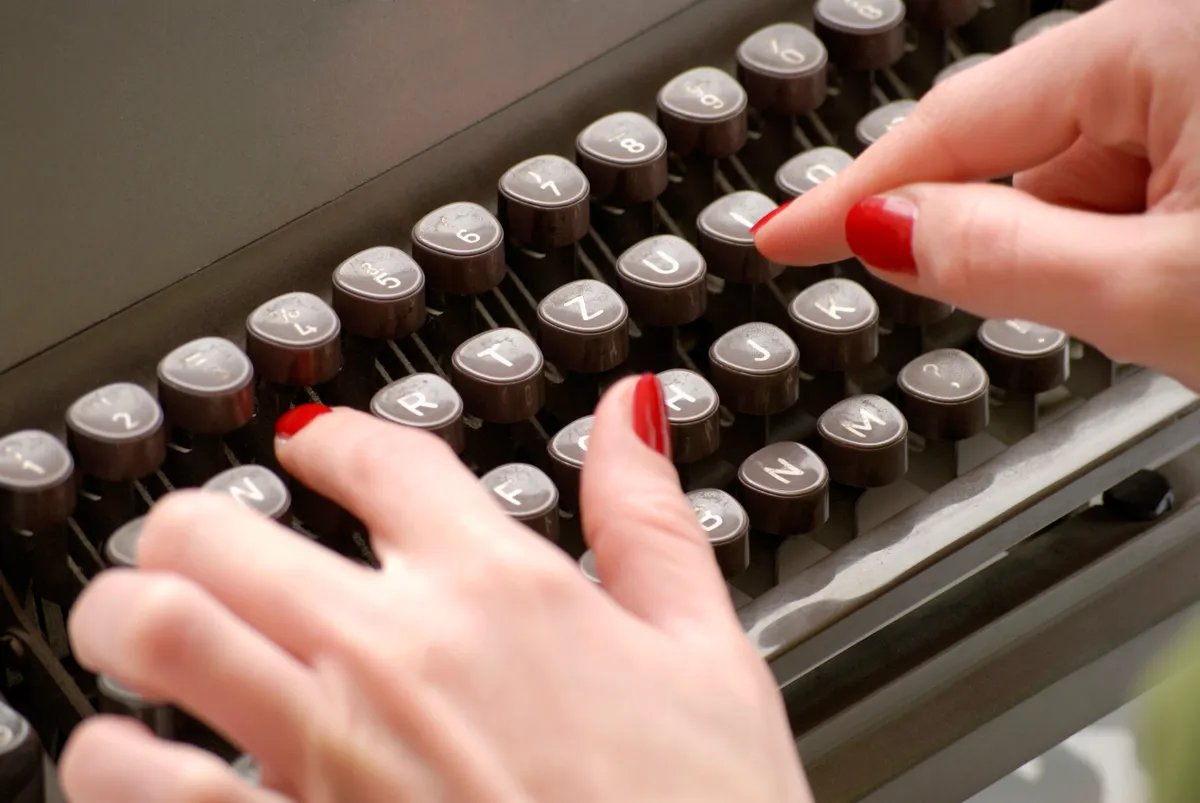
As awareness of ASMR grew, online platforms like YouTube became central hubs for both content creators (known as ASMRtists) and audiences seeking these soothing experiences. In 2009, the first ASMR-specific YouTube channel, WhisperingLife, emerged, initiating a wave of whisper videos that would lay the groundwork for the burgeoning ASMR community. By 2010, a Facebook group dedicated to ASMR, called ASMR Research & Support, was created, facilitating further discussion and community-building among those experiencing ASMR[1][3][7].
These early ASMR videos gradually attracted considerable attention, often featuring soft-spoken narration, tapping sounds, and simulated personal attention[1][6]. The community began to flourish, with ASMRtists like Maria GentleWhispering gaining large followings, eventually leading to the proliferation of diverse styles and formats[10][11].
Scientific Inquiry and Research Findings
As ASMR's popularity grew, researchers started examining its effects. The first significant peer-reviewed research published in 2015 surveyed individuals experiencing ASMR, revealing that many use it to alleviate insomnia and stress, with a high percentage reporting improved emotional well-being after watching ASMR content[8][9]. More recent studies employed fMRI technology to investigate brain activity during ASMR experiences, finding that areas associated with reward and social bonding were activated more strongly in those who experience ASMR compared to those who do not. This suggests a potential link between ASMR and social interactions, akin to the calming effects of touch and personal attention[8][10].
Societal Perception and Media Representation

While many ASMR practitioners view the phenomenon as a benign and therapeutic experience, it has not been immune to misconceptions, often being mischaracterized as sexual or fetishistic[4][5][10][11]. This misunderstanding has led to defensive attitudes within the community, as many users felt stigmatized or ridiculed for their experiences[6][9]. Despite this, media representation has evolved, with ASMR receiving mainstream attention through advertising and appearances in popular films, such as the 2017 movie Battle of the Sexes, which sought to replicate the soothing effects of ASMR in cinematic form[10][11].
The Future of ASMR
ASMR continues to evolve as a genre, now encompassing a vast array of content including relaxation videos, guided meditations, and even role-play scenarios. With millions of videos uploaded and a growing audience, ASMR has cemented its place in contemporary digital culture[10]. As scientific research progresses, there is potential for ASMR to be recognized for its therapeutic applications, especially in treating anxiety and insomnia.
In conclusion, the history of ASMR reflects a fascinating intersection of digital media, community building, and psychological research. From a niche online discussion to a burgeoning global phenomenon, ASMR illustrates how shared experiences in the digital age can lead to deeper investigations into human sensations and emotional well-being.
Let's look at alternatives:
- Modify the query.
- Start a new thread.
- Remove sources (if manually added).




